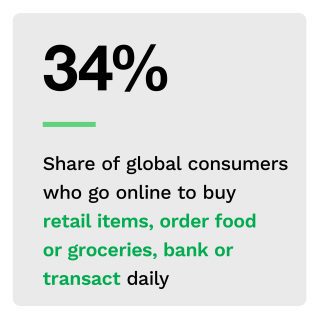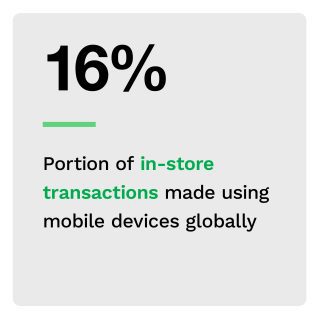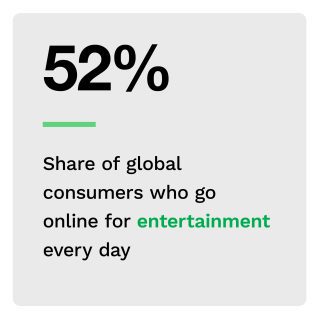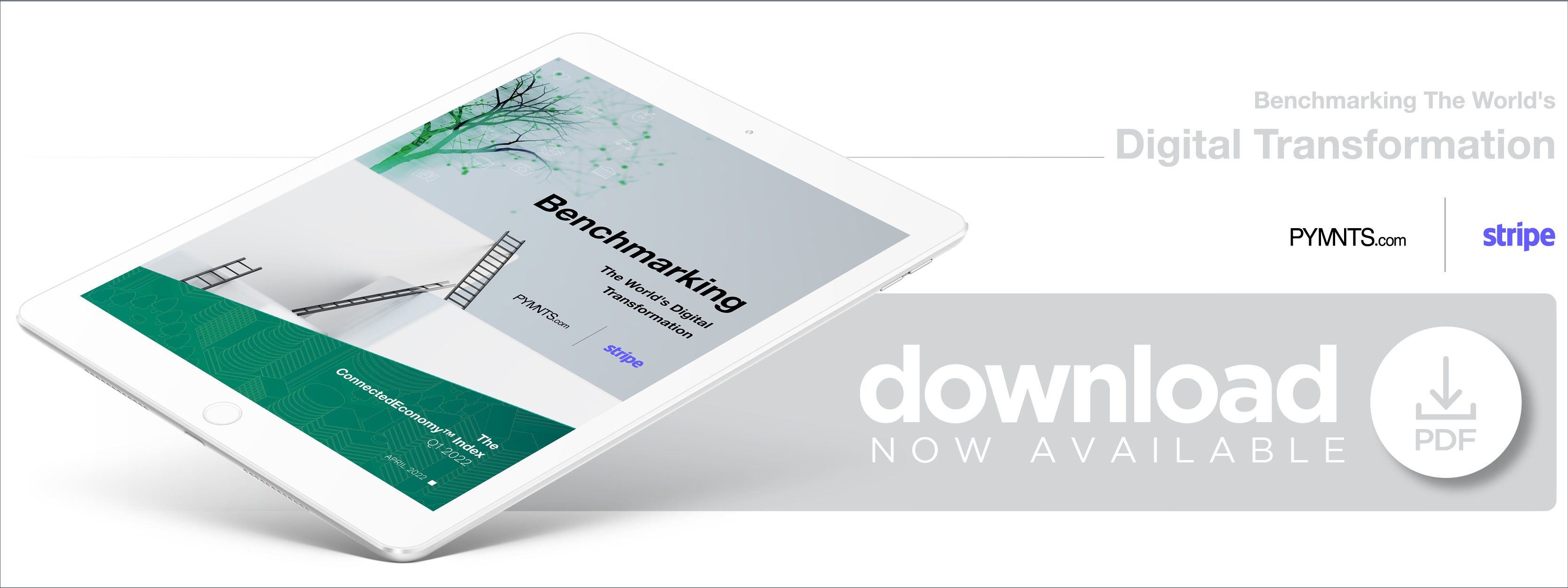New 11-Country Study Shows Digital Transformation Has Reached Only 27% of Full Potential

“Everything that can be invented has been invented.”
So said Charles H. Duell, the commissioner of the United States Patent Office, in 1899, before radio, television, the internet and countless other technologies debuted that have since become staples of everyday life.  Modern audiences may look back on this quotation and laugh at its short-sightedness, but the truth is that many of us are guilty of the very same type of finality in the way we discuss the digital transformation of the global economy.
Modern audiences may look back on this quotation and laugh at its short-sightedness, but the truth is that many of us are guilty of the very same type of finality in the way we discuss the digital transformation of the global economy.
Headlines would have us believe that the digital transformation is in full swing, and in many ways, it is. The pace of digital innovation has been breathtaking throughout the last decade.
Despite this quick pace, the journey to complete digital transformation of the global economy is just 27% of the way along.
That is according to the results of Benchmarking The World’s Digital Transformation, The ConnectedEconomy™ Index Q1 2022, created in collaboration with Stripe. The ConnectedEconomy™ Index is a metric that benchmarks the progress of the world’s digital transformation, the first-of-its-kind global research endeavor that uses in-depth consumer surveys to examine their digital engagement in 40 activities across 10 pillars that represent the Connected Economy.
 The ConnectedEconomy™ Index methodology is based on a framework that PYMNTS created in January 2020 called the ConnectedEconomy™ that organizes a consumer’s daily routine into 10 categories — called “pillars” — and the 40 activities they perform to complete them. How people all over the world use connected devices, payments and new technologies to work, live, bank, pay and be paid, have fun, shop, eat, stay healthy, connect with others and move from point A to point B will determine the depth, breadth and speed of the world’s digital transformation.
The ConnectedEconomy™ Index methodology is based on a framework that PYMNTS created in January 2020 called the ConnectedEconomy™ that organizes a consumer’s daily routine into 10 categories — called “pillars” — and the 40 activities they perform to complete them. How people all over the world use connected devices, payments and new technologies to work, live, bank, pay and be paid, have fun, shop, eat, stay healthy, connect with others and move from point A to point B will determine the depth, breadth and speed of the world’s digital transformation.
The ConnectedEconomy™ Index rankings reflect a study conducted by PYMNTS, partnering with Stripe, of more than 15,000 consumers across 11 countries between Jan. 13 and Feb. 16, 2022, to learn how and how often consumers engage in each of the 40 activities, the purchases they made and the payment methods they used. The countries surveyed include the United States, France, Germany, Italy, the Netherlands, Spain, the United Kingdom, Brazil, Australia, Japan and Singapore. Together these countries account for roughly half of the global GDP.
The ConnectedEconomy™ Index measures how much progress each country has made in its digital transformation journey. A 100 is a perfect score — meaning that every person in a country uses digital methods to engage in each of the 40 activities we measure with great frequency.
Key findings of the first study for Q1 2022 include:
• Eighty-seven percent of consumers studied are connected to the internet, yet just 19% are highly engaged in digital activities.
• Digital engagement worldwide has reached 27% of its full potential. The U.S. ranks fourth with a ConnectedEconomy™ Index ranking of 30, and Singapore ranks the highest with a ConnectedEconomy™ Index score of 35.
 • The digital transformation must engage people of all ages to reach its full potential.
• The digital transformation must engage people of all ages to reach its full potential.
• Digital transformation’s “flywheel” spins more rapidly when consumers engage in one digital activity and expand to ones with similar digital characteristics.
• Consumers are nearly 1.5 times more likely to be engaged in activities purpose-built for digital than those that are purely transactional, such as banking or making retail purchases.
• Cards power the digital transformation today, but consumers worldwide are warming to payment alternatives.
These findings just scratch the surface of the world’s digital transformation story and the tremendous upside for business leaders, entrepreneurs and investors to accelerate its progress. The ConnectedEconomy™ Index offers an exclusive, in-depth analysis of the trends fueling digital transformation and can be downloaded here.
